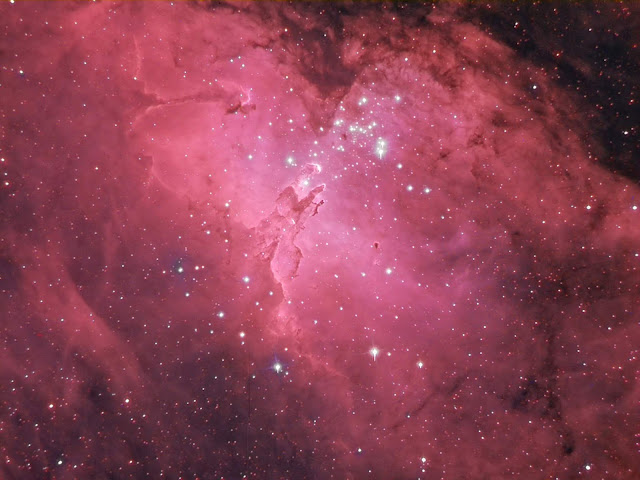The beautiful Omega Centauri
The globular Omega Centauri, now considered a remnant of a dwarf galaxy, is among the most beautiful representatives of this category, so bright that it is well visible even to the naked eye as a very faint star.
We’d never expect, however, that that indistinct dot, seen with a telescope and a camera, is literally bursting with stars. Hundreds, thousands and even millions of tightly enveloped stars that truly seem to form, this time, an impenetrable curtain. Finally, for once, our eyes are right, because millions of stars are contained in a sphere with a diameter of hundreds of light years. If we could observe the sky from a hypothetical planet set in the proximity of the central region, we would see the night illuminated as day and constellated by dozens of stars brighter than our full Moon.
The density of the stars in the center of the globular clusters is a thousand times greater than that of our galactic environment. In this chaotic place, true territorial disputes are not rare. Multiple systems are formed and unmade; the bigger stars tear matter from those unfortunate stars that pass within reach; movements influence each other and become as chaotic as gas molecules. This is the kingdom of chaos that, however — no one knows how — has found the way to survive for billions of years.




Comments
Post a Comment